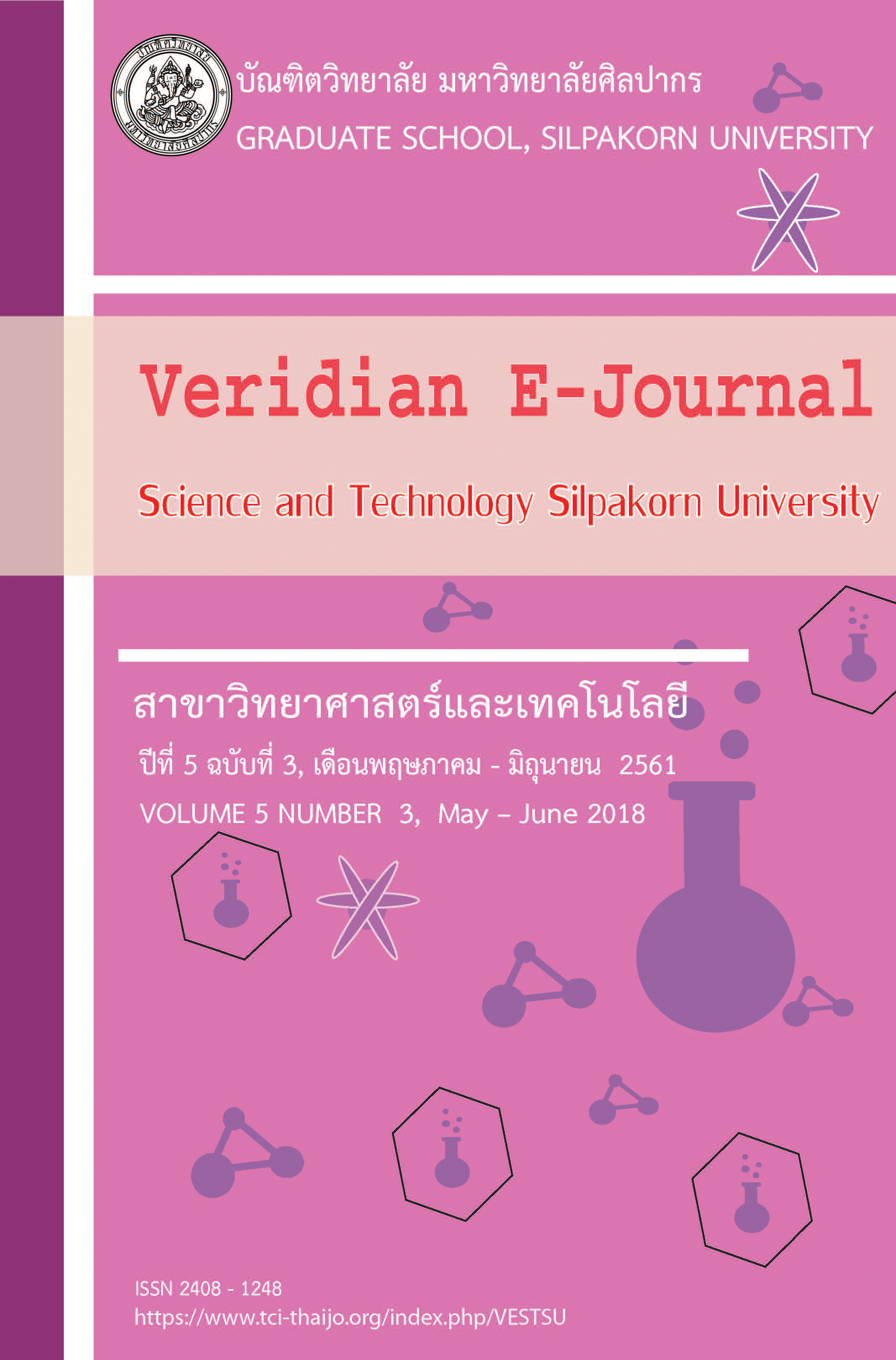การตรวจเก็บลายนิ้วมือแฝงบนกระดาษเทอร์มัล ด้วยวิธี Ninhydrin และ Ninhydrin/PVP (Detection Of Latent Fingerprints On Thermal Papers By The Method Of Ninhydrin And Ninhydrin/Pvp)
Main Article Content
บทคัดย่อ
งานวิจัยนี้ศึกษาการใช้ Ninhydrin และ Ninhydrin/PVP (Polyvinylpyrrolidones) ในสัดส่วนที่แตกต่างกัน (1:10 ถึง 10:1 โดยปริมาตร) เป็นสารปรับสภาพสำหรับการตรวจเก็บลายนิ้วมือแฝงบนกระดาษเทอร์มัล ในการศึกษานี้ผู้วิจัยเลือกใช้กระดาษเทอร์มัล 9 ตัวอย่างที่เป็นกระดาษ ATM ของธนาคาร และใบเสร็จจากห้างสรรพสินค้า ร้านสะดวกซื้อ และสถานีจำหน่ายน้ำมัน โดยให้ผู้ตรวจลายนิ้วมือ ตรวจประเมินลายนิ้วมือแฝงที่ผ่านการปรับสภาพแล้ว จากการทดลองพบว่าวิธี Ninhydrin/PVP (10:1 โดยปริมาตร) ทำให้ลายนิ้วมือแฝงที่ปรากฎมีคุณภาพดีที่สุดบนทุกพื้นผิวรองรับ วิธีดังกล่าวทำให้พื้นหลังมีสีขาว ซึ่งทำให้เห็นรายละเอียดของลายเส้นรอยนิ้วมือที่ชัดเจน และมีจำนวนจุดลักษณะสำคัญพิเศษมากเพียงพอสำหรับการเปรียบเทียบลายนิ้วมือ ผู้ตรวจลายนิ้วมือได้ทำการทดสอบการจับคู่ตัวอย่างลายนิ้วมือ เพื่อการประเมินผลคุณภาพการตรวจเก็บลายนิ้วมือแฝง ด้วยวิธี Blind test โดยให้ผู้ตรวจลายนิ้วมือเปรียบเทียบลายนิ้วมือที่ได้จากการปรับสภาพด้วย Ninhydrin/PVP (10:1 โดยปริมาตร) กับลายนิ้วมือตัวอย่างที่ทราบตัวบุคคลจำนวน 10 ตัวอย่าง ผลปรากฎว่าผู้ตรวจลายนิ้วมือสามารถระบุคู่ตัวอย่างลายนิ้วมือได้ถูกต้องในทุกการทดสอบ
The current study explores the uses of Ninhydrin and the mixtures of Ninhydrin/PVP (Polyvinylpyrrolidones) in different proportions (1:10 to 10:1 by volume) as developing agents for detection latent fingerprints on thermal paper. Nine different samples of thermal paper chosen for this study included bank ATM slips and receipts from department stores, convenience stores and gas stations. The processed latent fingerprints were evaluated by three fingerprint examiners. It was found that the method of Ninhydrin/PVP (10:1 by volume) provided the best quality of developed prints on all substrates studied. It produced a white background resulting in the clear ridge details and sufficient number of minutiae for fingerprint comparison. The examiners carried out fingerprint matching trials in order to further assess the method used. Each specimen of fingerprint developed with Ninhydrin/PVP (10:1 by volume) was compared to ten known exemplars by the examiners. It appeared that the examiners can correctly identify the matched items in all trials.

